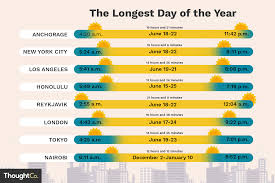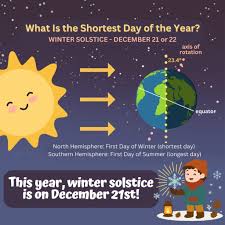The Significance of Moon Stages in Nature and Culture

Introduction
The moon has fascinated humanity for centuries, influencing calendars, tides, and cultural practices. Its different stages—new moon, waxing crescent, first quarter, waxing gibbous, full moon, waning gibbous, last quarter, and waning crescent—are distinct phases that have both scientific and cultural relevance. Understanding moon stages is crucial as they directly affect various aspects of life on Earth, including agriculture, fishing, and even mental health.
Moon Phases Explained
The moon goes through a complete cycle roughly every 29.5 days, transitioning through its eight distinct stages. Each phase happens as the moon orbits the Earth, reflecting sunlight differently. During the new moon phase, the moon is positioned between the Earth and the sun, rendering it nearly invisible. Conversely, the full moon occurs when the Earth is between the sun and the moon, revealing its whole face illuminated.
Agricultural Relevance
Farmers around the world often take into account the moon phases when planning their planting and harvesting schedules. For example, planting during the waxing moon (the period after a new moon) is believed to promote growth, whereas harvesting during the waning moon (the period after a full moon) is said to improve storage. This practice, known as lunar gardening, is deeply rooted in many cultures and has been used for generations.
Tides and the Moon
The moon’s gravitational pull has a profound effect on the Earth’s tides. The highest tides, known as spring tides, occur during the full and new moon phases due to the alignment of the sun and moon, resulting in significant tidal shifts. Fishermen and coastal communities are attuned to these changes, planning activities around the anticipated high and low tides.
Cultural and Psychological Impact
The moon has also left an indelible mark on human culture. Many religions and spiritual practices have lunar calendars, and the full moon is often associated with various myths and rituals. Interestingly, some studies suggest that the full moon may correlate with changes in human behaviour, although the evidence remains debated among scientists.
Conclusion
Understanding moon stages is more than just a scientific inquiry; it directly impacts agriculture, fishing, and even cultural practices worldwide. As research continues, particularly into the psychological effects of lunar cycles, the moon’s influence remains an essential aspect of both natural and human phenomena. Awareness and appreciation of these cycles can enhance our connection to the Earth and the rhythms of life that govern it.









